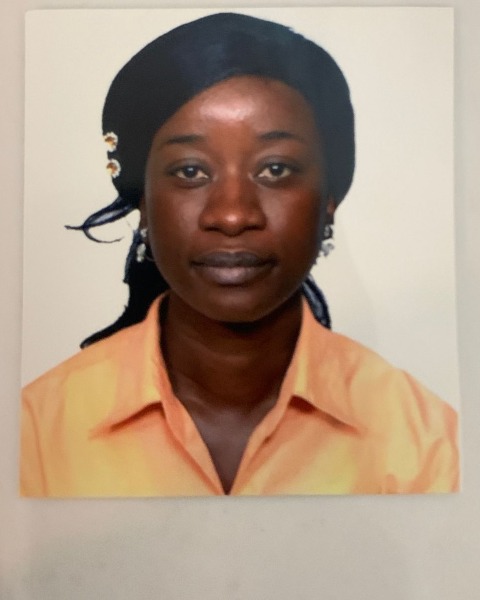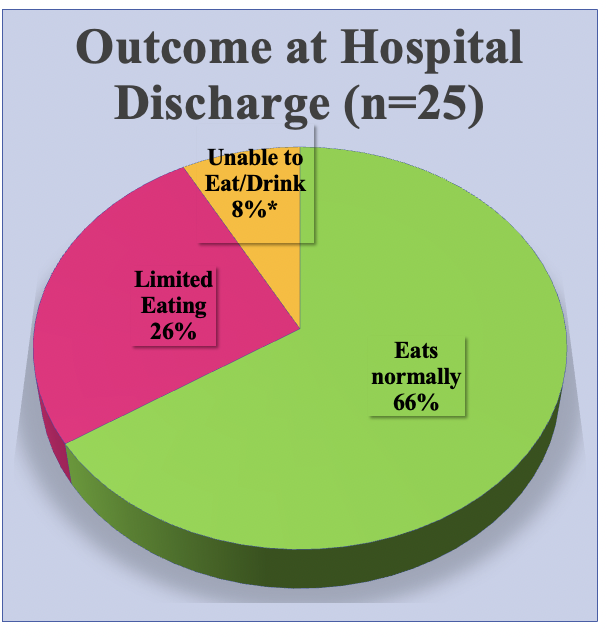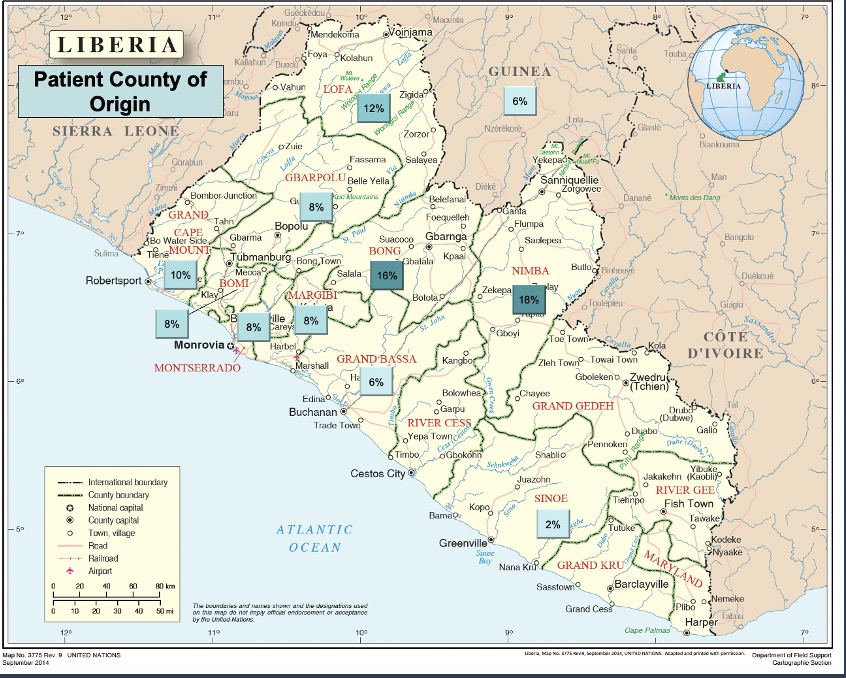Global Neonatal & Children's Health
Global Neonatal & Children's Health 4
548 - Incidence And Outcome Of Severe Acute Lye Injury In Liberia
Monday, May 1, 2023
9:30 AM - 11:30 AM ET
Poster Number: 548
Publication Number: 548.41
Publication Number: 548.41
Maima Kawah-Baysah, Redemption Hospital, Monrovia, Montserrado, Liberia; Alexandra M. Vinograd, Childrens Hospital of Philadelphia, Philadelphia, PA, United States; Keri Cohn, Children's Hospital of Philadelphia, Philadelphia, PA, United States; Jethro W. S.. Zawolo, University of Liberia, Monrovia, Margibi, Liberia; Amelia E. Van Pelt, Northwestern University The Feinberg School of Medicine, Chicago, IL, United States; Salome Iye. Weah-Chenoway, Children's Hospital of Philadelphia, Monrovia, Montserrado, Liberia; Hanna Elmongy, MassGeneral Hospital for Children, Berwyn, PA, United States

Maima Kawah Baysah, MD (she/her/hers)
Pediatrician/Vaccine Safety Consultant
Redemption Hospital, Montserrado, Liberia
Presenting Author(s)
Background: •Lye (caustic soda, sodium hydroxide) is used in Liberia as a household cleanser and to make soap
•Lye exposure is a frequent cause of pediatric injuries in Liberia
•Children with lye injury in Liberia often transferred to referral hospitals in Montserrado County (capital)
•There is no published epidemiologic data on lye injury in Liberia
Objective: •Determine the incidence of acute severe lye injury among children < 5 years of age in Liberia
•Describe immediate and long-term outcomes of children after acute severe lye injury in Montserrado county in children < 15 years
Design/Methods: •Observational cohort study of children < 15 years old presenting to participating Montserrado hospitals with acute severe lye injury
•Acute severe lye injury defined as lye injury presenting within 1 week of injury requiring hospitalization
•Immediate clinical outcomes captured via case logs and chart reviews
•Long term outcomes collected via telephone follow-up interviews
•Results summarized through standard descriptive statistics
•World Bank reported population of Liberia ages 0-14 of 2,041,896 in 2020 used as denominator
Results: •57 cases of severe acute lye injury detected at the 9 (of 11) participating hospitals in Montserrado County during the study period
•Incidence: 2.8 cases per 100,000 children < 15 years over 24 months (November 2019-April 2020, interrupted by COVID-19, restarted January 2021-June 2022)
Outcomes:
See attached tables/map/chart for patient demographics and injury information, patient county of origin, and outcomes at discharge.
Ability to eat at discharge documented for 25 patients
•3 unable to eat or drink at time of discharge
•2 had gastrostomy tubes placed, 1 left AMA
Follow-up:
Attempted to call 38 cases over 30 months
•25 reached at 6 weeks
•20 reached at 6 months
•8 reached at 12 months
•4 deaths (3 at 6-month call, 1 at 18-month call)
•1 required gastrostomy tube after discharge
12 total deaths:
•8 prior to hospital discharge
•4 on follow-up
Limitations:
•Unable to capture cases that died prior to transfer or were managed entirely outside of the study sites
•2 of 11 hospitals in Montserrado County declined to participate
•COVID-19 pandemic limited ability to include hospitals outside of Montserrado County
•Limited ability to reach patients for follow-up
Conclusion(s): •Lye use in the home and community is an important cause of morbidity and mortality in Liberia
•Drinking liquid lye most common mechanism for injury. (identified as an area to target prevention)
•The majority of severe lye injuries are oral & esophageal, and many patients have limited ability to eat or drink after injury
.png)


